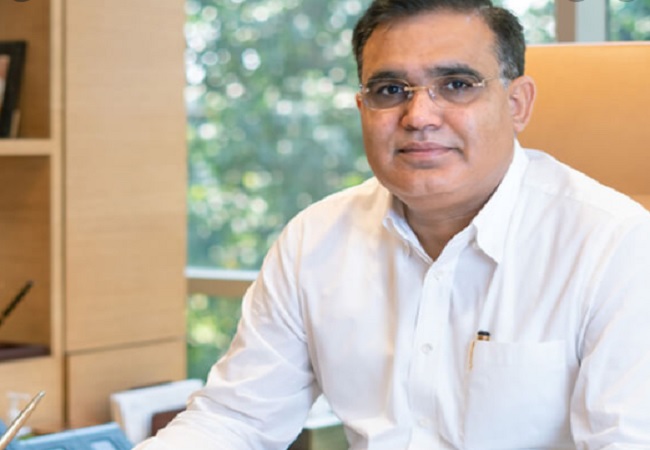
“The first solar-powered village, Modhera in Gujarat, is yet another example of his vision becoming a reality,” says S K Narvar, Chairman, Capital India Corp.
Ques — India will soon have its first solar-powered village. What does it say about India’s commitment to climate change?
SK Narvar: The declaration of Modhera in Gujarat as the first solar-powered village showcases the tremendous commitment that India has made to sustainability under Prime Minister Narendra Modi. As a developing nation, India has an enormous responsibility to manage the needs of its population and continue being a flagbearer in climate change. Therefore, sustainable growth has been central to the Prime Minister’s vision for India.
With the deployment of solar technologies, the people of Modhera will be switching the central part of their dependency to cleaner alternatives.
Ques — How could the life of the people in Modhera change after going all solar?
SK Narvar: By harnessing the power of the Sun to such a great extent, the villagers are advancing towards being energy sufficient. Consequently, it will reduce the cost incurred to power their homes. They will consume lesser electricity from Discoms and also be able to sell surplus power produced to them.
It will have a far-reaching impact on the socioeconomic development of the region. The electricity produced will enable the local population to pursue education, skilling and entrepreneurial endeavours. Moreover, reducing carbon emissions will keep the vicinity cleaner and ensure a healthier environment for people while contributing to the larger national agenda.

Ques — What can urban India and cities learn from the experience?
SK Narvar: India has been blessed with, by and large, natural sunlight-driven geography. However, vertical establishment and overcrowding in cities do not allow people to leverage solar power. But innovation can pave the way to a solution. For Instance, commercial buildings today are considering introducing glass facades which are solar panels generating electricity for self-sustaining power. So we must develop greener buildings and evolve our power-generating methods.
This development is also crucial for pre-set mindset about sustainability. Sustainable policies, technologies or innovations are often relevant for the urbane class, the cities and metros. However, the village has shown that rural areas are the best playground for implementing sustainable ideas.
Ques — How have India’s efforts been and perceived internationally on the issue of climate change and reducing its carbon footprint?
SK Narvar: The 2020 Climate Transparency report viewed India as the only G20 country doing its ‘fair share to meet the two-degree goal. As a nation, we have prioritized low carbon growth and clean energy transition to meet our nationally determined contributions (NDCs). We also have the most effective renewable energy capacity addition program running, substantially reducing its GDP’s emission intensity by 21% over 2005 levels by 2020.
We have taken the lead in forming International Solar Alliance (ISA) with France and launching the Green Grids initiative. Modhera is evidence that India is working hard to increase non-fossil energy capacity to 500 GW and meet 50% of its energy requirements through renewable energy by 2030.




